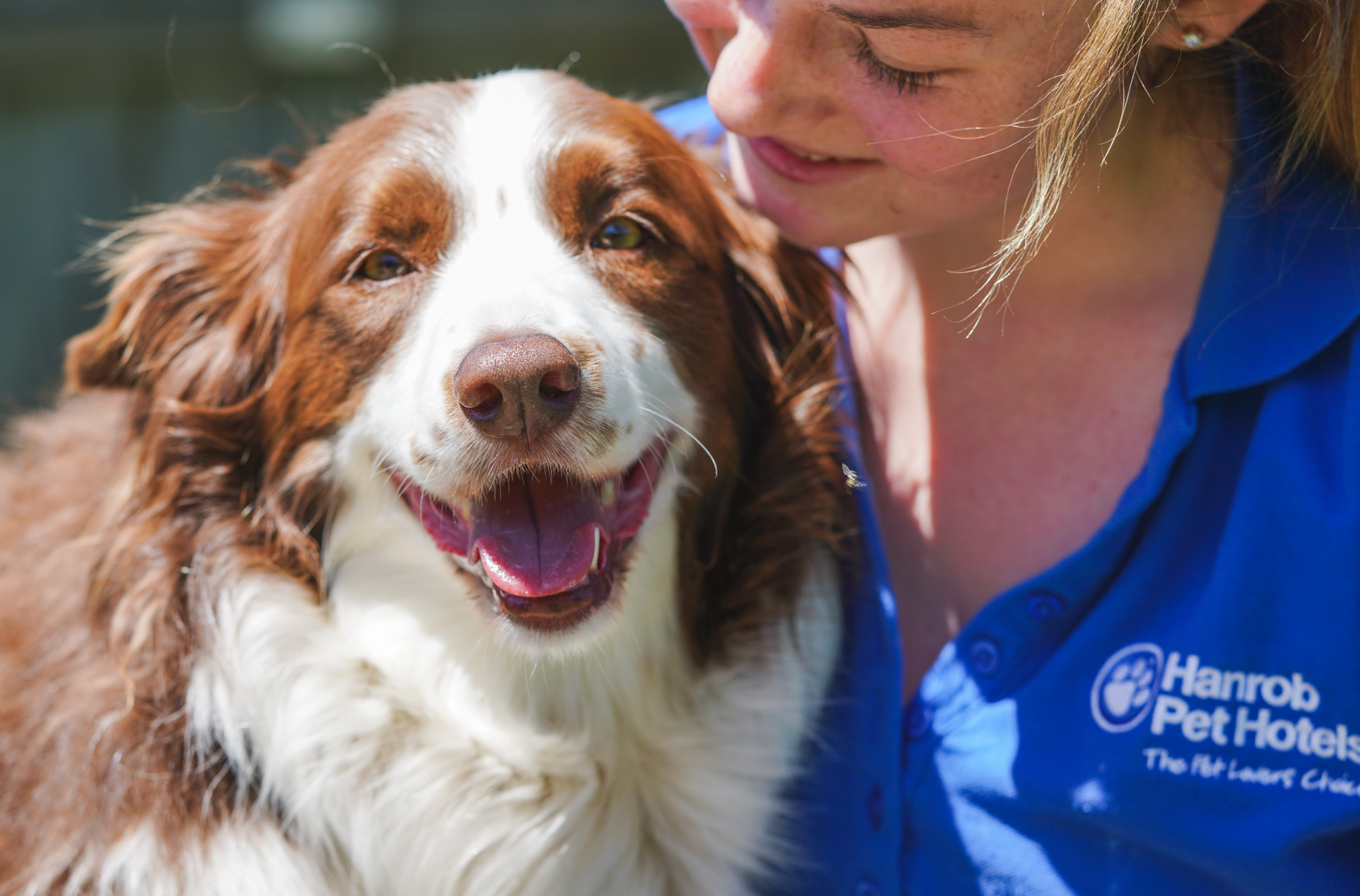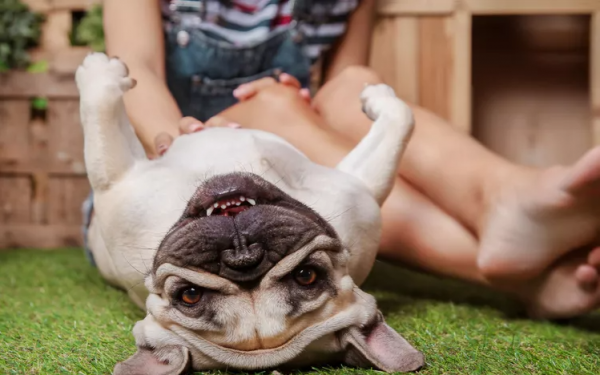Dogs contribute significantly to enhancing our lives, bringing laughter, companionship, entertainment, and a non-judgmental presence. Undoubtedly, they are our cherished companions, and reciprocating their kindness is paramount. However, assessing our dogs’ happiness can be challenging.
How to Tell If Your Dog Is Happy
Determining happiness, whether in humans or pets, involves observing various behaviors. A content dog might engage in play or rest, maintaining a balance of individual activity, social interaction within the household, and relaxation, explains Irith Bloom, a certified dog trainer.
Signs of a happy dog include relaxed facial muscles, smooth brow, soft eyes, loose and relaxed ears, a slightly open mouth, and unwrinkled lips. Additionally, a happy dog exhibits a bouncy gait while running, relaxed body muscles, seeks affiliative behavior or attention, and has a naturally hanging tail. Ensuring your dog’s happiness involves offering diverse activities such as food toys, chew toys, walks, training sessions, and playtime, preventing boredom and potential depression.
How To Tell if Your Dog Is Not Happy
What brings joy to humans may not necessarily delight dogs, and imposing our preferences onto them can lead to stress rather than happiness. Recognizing signs of an unhappy dog requires understanding contrasting behaviors. For instance, a tired dog might be genuinely fatigued or stressed.
Indications of stress include a closed or tight mouth, ears pulled back or alert, visible whites of the eyes, avoidance of eye contact, a grimace-like expression, and wrinkled skin around the mouth. Physically, a stressed dog may exhibit a stiff posture, a tucked or slowly wagging tail, raised hackles, a forward-shifted weight, cowering, trembling, or shaking.

How to Increase Your Pet’s Happiness
An essential aspect often overlooked in assessing a dog’s happiness is their ability to make choices. Beyond selecting treats or toys, dogs should have autonomy over when, how, and with whom they interact. This autonomy fosters contentment and empowers dogs to communicate their preferences.
Irith Bloom emphasizes the importance of allowing dogs to decline physical contact, leave uncomfortable situations, have access to a safe space for retreat, opt-out of training sessions when overwhelmed, and indulge in olfactory exploration during walks. Any concerns regarding your dog’s well-being should prompt a veterinary consultation to rule out health issues.

The Choice to Not Be Touched
Dogs should be allowed to say no to being touched, petted, or hugged—and you should respect their decision.
The Choice to Leave a Situation
Never force a dog to remain in a scary situation and never restrict their ability to get away from something that makes them uncomfortable.
The Choice to Be in a Safe Space
Providing your dog a safe, quiet place they can retreat to where no one can bother them is an important way to keep your dog happy. This space should be available to them at all times.
The Choice to Not Train
Positive reinforcement training should always be fun. Sometimes your dog is just too tired or the environment is just too stressful. Your dog should be able to tell you when they feel up to the task, and you need to listen.
The Choice to Smell
Dogs experience the world through their nose. On walks, in your backyard, and at the park you should allow your dog plenty of time to enjoy sniffing and smelling their surroundings.
If you’re ever concerned over your dog’s behavior, or they appear less happy than before, make an appointment with your veterinarian right away to rule out any health issues.



